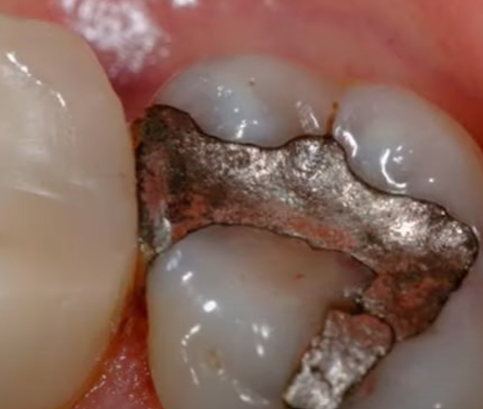Why Are Amalgam Fillings Being Phased Out?
Amalgam fillings have been used for over 150 years to repair cavities. However, in recent years, concerns about the safety and environmental impact of amalgam fillings have led to their ban or restriction in many countries.
Mercury Content
One of the main reasons for the controversy surrounding amalgam fillings is their mercury content. Mercury is a highly toxic metal that can cause a variety of health problems, including neurological damage, kidney damage, and reproductive problems. Amalgam fillings contain about 50% mercury, and some studies have shown that people with amalgam fillings have higher levels of mercury in their bodies than people who do not have amalgam fillings.
Environmental Impact
Amalgam fillings can also pose an environmental hazard. When amalgam fillings are removed, the mercury they contain can be released into the air or water. Mercury can bioaccumulate in fish and other aquatic animals, and it can eventually make its way up the food chain to humans.
Advances in Dental Materials
In recent years, there have been a number of advances in dental materials that have made alternatives to amalgam fillings more viable. These materials, such as composite resins, glass ionomers, and porcelain, are less toxic than amalgam fillings and have a number of other advantages, such as better aesthetics and durability.
Regulatory Responses
In response to the concerns about amalgam fillings, many governments and dental organizations have imposed restrictions or outright bans on their use. The European Union, for example, banned the use of amalgam fillings for children under the age of 15 in 2008. Norway, Sweden, and Finland have also banned the use of amalgam fillings.
In the United States, the Food and Drug Administration (FDA) has not banned amalgam fillings, but it has issued a number of warnings about their potential risks. The FDA recommends that pregnant women and women of childbearing age avoid getting amalgam fillings, and it also recommends that dentists use special procedures to minimize the amount of mercury released during the removal of amalgam fillings.
Conclusion
The use of amalgam fillings is declining in many countries due to concerns about their safety and environmental impact. While there is no definitive evidence that amalgam fillings cause harm, the risks associated with these fillings are simply too great for many people. As a result, alternatives to amalgam fillings, such as composite resins, glass ionomers, and porcelain, are becoming increasingly popular.

